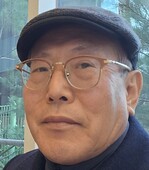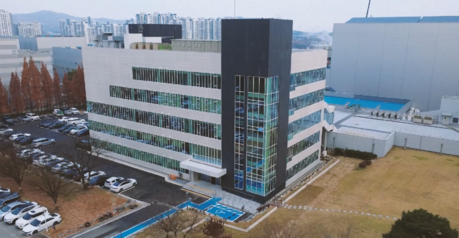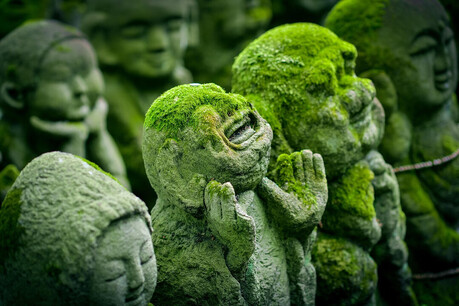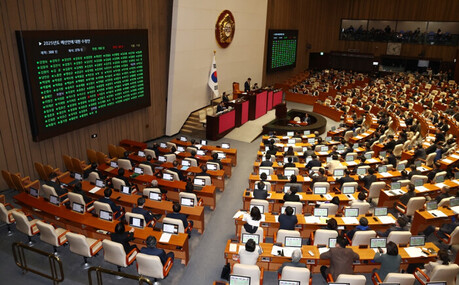
The soulful melody of "Daejeon Blues" evokes a nostalgic image of departing trains and farewells on a dimly lit platform. Lyrics like "Fare thee well, I'm leaving now, without even a word of goodbye / Departing at 50 minutes past midnight on the Daejeon-bound overnight train" have become a timeless part of Korean popular music. This deep connection between the city and its railways is a testament to Daejeon's unique history.
A Railroad City
Before it became a bustling metropolis, Daejeon was a tranquil rural area. The construction of the Gyeongbu Line in 1905 and the Honam Line in 1911 transformed the city, making it a major transportation hub. The city's growth and development have been inextricably linked to its railway infrastructure.
In the 1950s and 1960s, the overnight train from Seoul to Mokpo would arrive in Daejeon at midnight. Passengers would disembark to enjoy a quick bowl of galak guksu (noodle soup) at the platform's makeshift dining area before boarding the train again. These fleeting moments of connection and farewell became a quintessential part of life in Daejeon.
The Legacy of Railway Housing
The construction of the railway also led to the development of large railway housing complexes around Daejeon Station. These neighborhoods were home to Japanese railway workers and their families. While many of these houses have been demolished, a significant number remain in the Soje-dong neighborhood.
Soje-dong, once a bustling and affluent area, now offers a glimpse into Daejeon's past. The narrow alleyways, traditional Korean houses, and the remnants of Japanese-style architecture create a unique atmosphere. The neighborhood has become a popular filming location for movies and TV dramas, capturing the hearts of many with its nostalgic charm.
A Revival of the Past
In recent years, there has been a concerted effort to revitalize the Soje-dong neighborhood. Old railway houses have been renovated into trendy cafes, restaurants, and cultural spaces. The area has become a popular destination for locals and tourists alike, offering a nostalgic escape from the hustle and bustle of modern life.
The railway has played a pivotal role in shaping Daejeon's history and identity. A visit to the city is not complete without exploring the historic railway neighborhoods and experiencing the unique charm of this transportation hub. As Daejeon continues to evolve, it is important to preserve its rich railway heritage for future generations.
[Copyright (c) Global Economic Times. All Rights Reserved.]






























